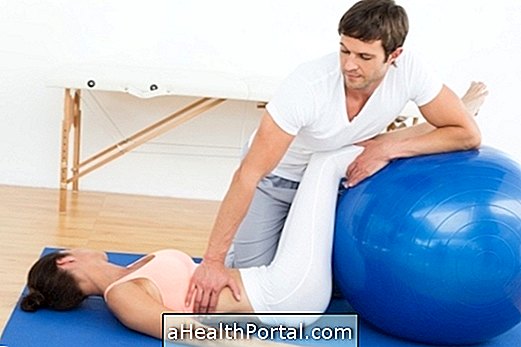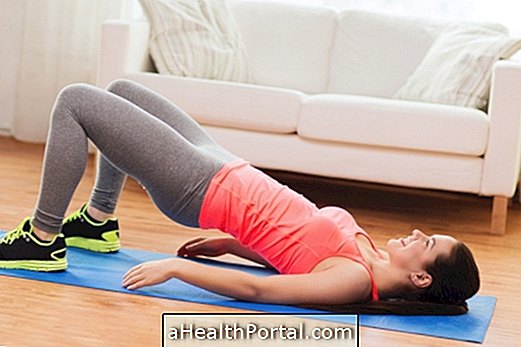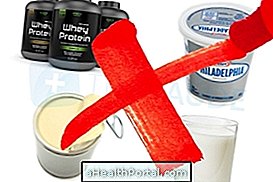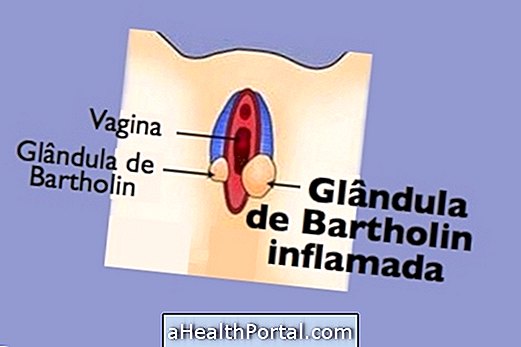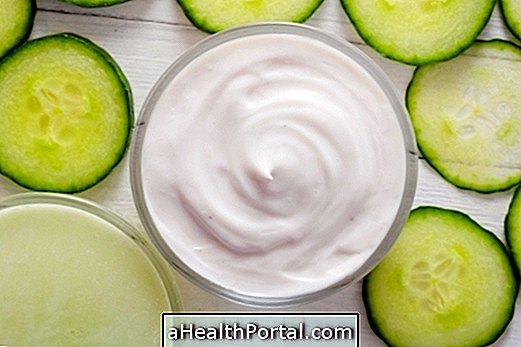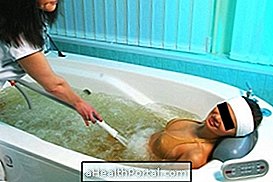Compression socks for running are usually high, going up to the knee, and perform progressive compression, promoting increased blood circulation, muscle strength and decreasing fatigue, for example. This type of sock is more suitable for those people who do long workouts and heavier tests, however, it is important to alternate its use, as they can decrease the muscle's ability to adapt to impacts.
Compression stockings can be recommended in cases of diseases related to blood circulation, as they improve circulation and oxygen flow. Thus, in addition to being used in races, it can also be used in the prevention and treatment of diseases. See what it is for and when to use the compression stocking.

What it is for and how it works
Compression socks can be used for long and intense runs, with several benefits, the main ones being:
- Increases muscle strength and endurance, reducing the risk of injury and improving performance;
- Decreased muscle fatigue;
- Increased blood circulation and oxygen flow;
- Accelerates the lactate degradation process, preventing the muscle from becoming very sore after training.
The benefits of the socks are due to the position of the elastic fibers, which are arranged longitudinally and transversely, which makes the compression homogeneous and prevents the muscle from vibrating or oscillating a lot during the exercise, since the impact vibrations are sent along the muscles, which can result in muscle overload and wear, which can lead to injuries.
When not to use
Although they have many benefits and improve the athlete's performance, the constant use of compression stockings can cause the muscle to lose its adaptive and oscillatory capacity, increasing the risk of injury when the exercise is done in another environment or the person does not use it. the sock, for example.
In addition, compression stockings are more expensive than ordinary ones and can generate discomfort or heat according to your height. It is important that the sock performs a progressive compression, being tighter at the ankle and a little looser at the knee, avoiding blisters, for example.
Therefore, compression stockings for running should be used alternately, on colder days and, preferably, in training or long races and when the body is tired or unwell.
Was this information helpful?
Yes No
Your opinion is important! Write here how we can improve our text:
Any questions? Click here to be answered.
Email in which you want to receive a reply:
Check the confirmation email we sent you.
Your name:
Reason for visit:
--- Choose your reason --- DiseaseLive betterHelp another personGain knowledge
Are you a health professional?
NoMedicalPharmaceuticalsNurseNutritionistBiomedicalPhysiotherapistBeauticianOther



